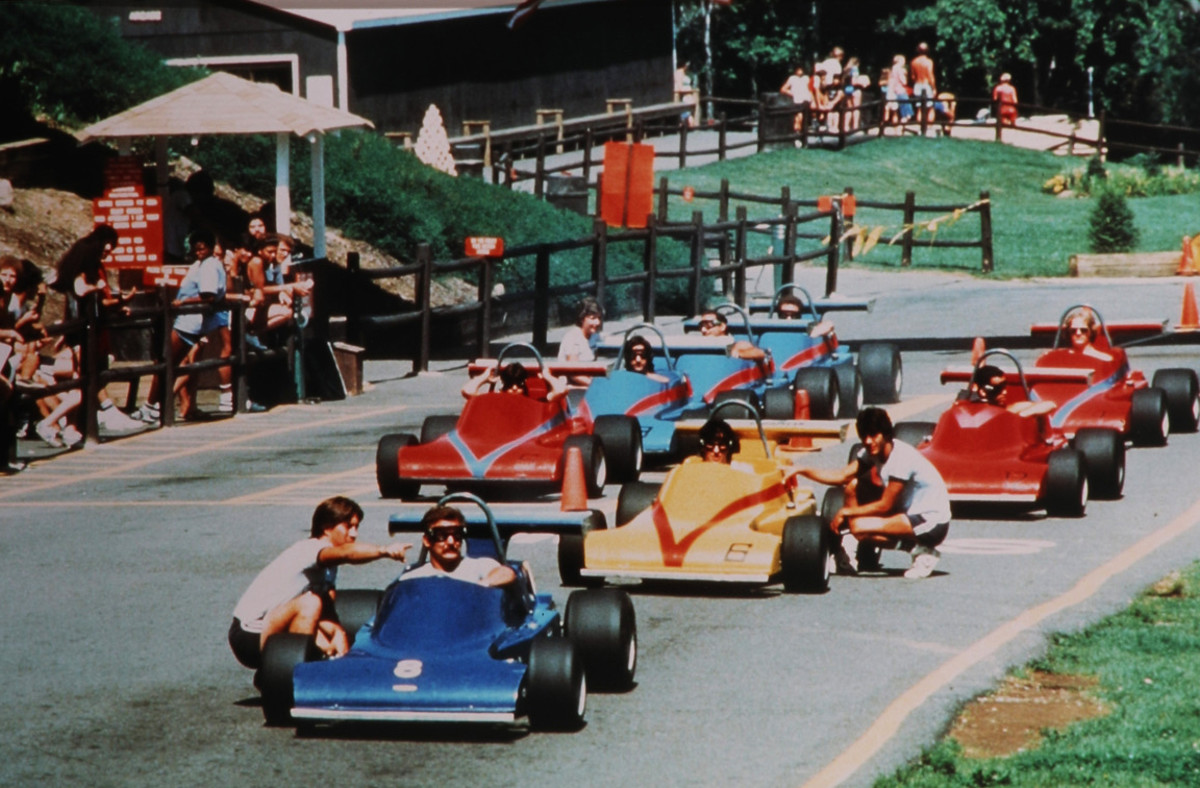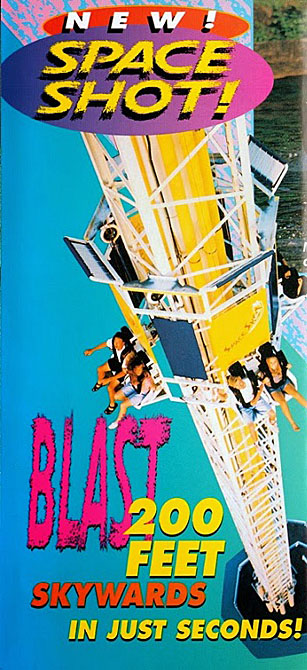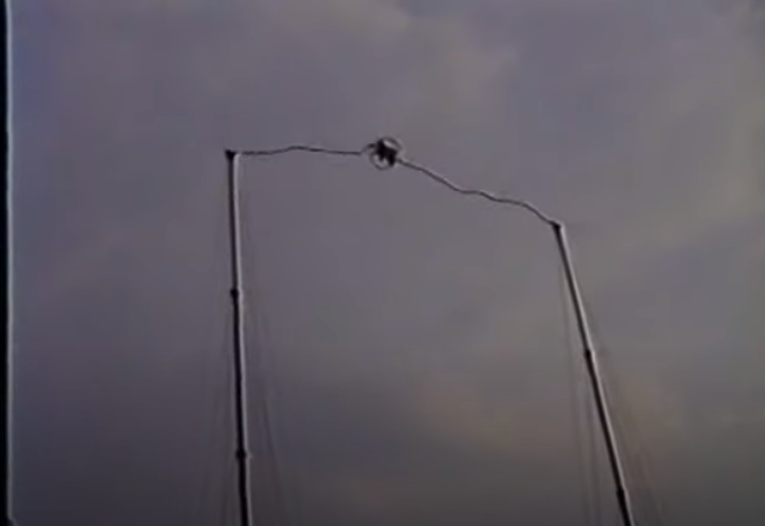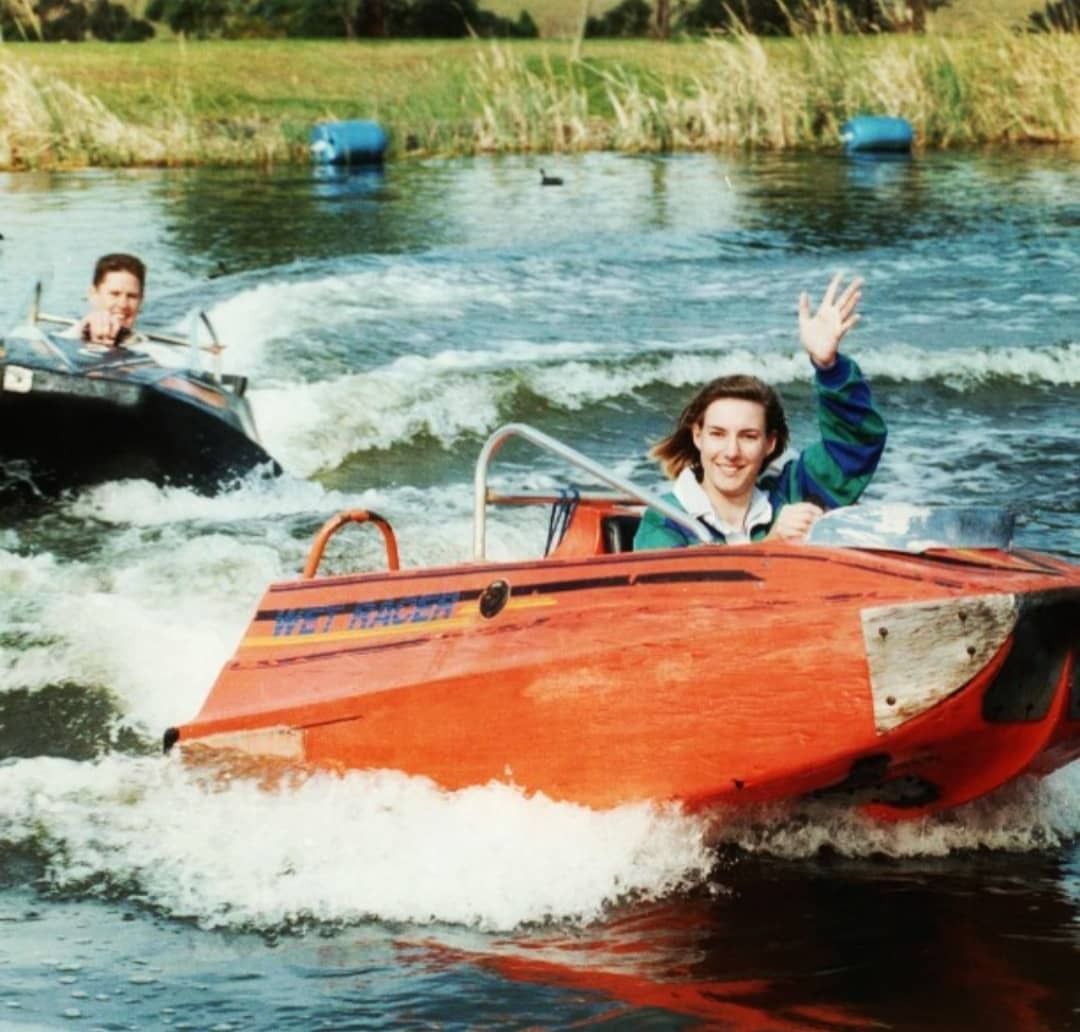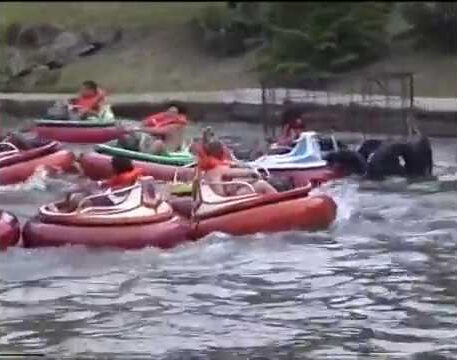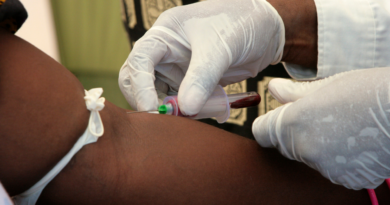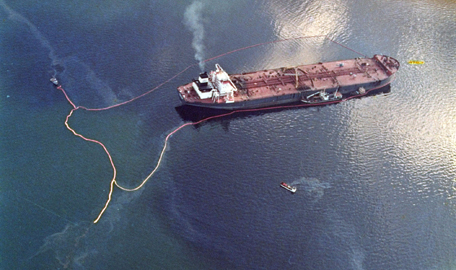What Happened at Action Park?
Action Park, known as the most dangerous theme park in history, located in Vernon Township, NJ, operated on the grounds of Vernon Valley/Great Gorge ski resort. Owned by Eugene Mulvihill and his company, Great American Recreation (GAR) from open to closing of the business, he had some wild and crazy ideas to make money for teens and twenty-somethings during the summer.
What Happened at Action Park
In a nutshell, many injuries, drug abuse and even deaths happened at Action Park as a result of:
- Poorly designed rides
- Intoxicated guests and staff
- Poor safety records
- Underaged and under-trained staff
Everything from bruises, cuts, abrasions, concussions, drowning and even death were the result of poor management, engineering and operations team. Attracting thrill-seekers throughout the New York metropolitan area, these young guests were looking forward to a party without paying the slightest attention to their safety; their lives and futures were in the hands of poorly trained, negligent staff.
Even after these injuries, carelessness and recklessness, state regulators did little to address the issues, despite the park’s repeat violations on safety. The park was actually nicknamed “Traction Park,” “Accident Park” and “Class Action Park”. But it wasn’t until 1996, where personal injury lawsuits were made one after another, leading to the entire park’s closing.
Why There Were So Many Injuries at Action Park
Ride Design
In Action Park’s defense, representatives claimed to have introduced a number of new attractions that were widely copied. This also meant rides were not thoroughly tested for practical use for very long nor did the designers have sufficient training in engineering or physics. One attendee reported “They seemed to build rides not knowing how they would work, and then let people on them.”
The owner of the park, GAR, was accused of cutting corners to maximize profits, such as using cheap labor and materials to build and test rides, failing to renovate them or making any necessary safety adjustments as soon as they arose.
Employees
The majority of Action Park’s employees were either underaged (teenagers), untrained, intoxicated, or a combination of the three. A security director for the park said he got the job at the age of 21 after working there for two years. But his experience wasn’t uncommon.
Park Guests
Action Park was closer and slightly cheaper than Six Flags Great Adventure, so Action Park had a ton of visitors from the NYC area. Many of the working class had fewer opportunities to swim, let alone learn how.
The park didn’t think of this drawback, which led to numerous drownings. Other issues came from the lack of Spanish language spoken by employees and on signs around the park, despite television ads catering attracting this audience.
Much of the staff also didn’t follow park rules, which developed into a lawless culture among guests, who absolutely loved having more control over their experience. Park employees also commonly blamed the guests for the accidents. One state official claimed many waterslide injuries were because of guests violating the safety rules, who would often throw away their mats before getting on a slide to go down together with their friends.
Many of the rides’ lines were designed so everyone in line could see the previous rider, so they verbally harassed each rider who was about to get on. Others would openly take off their swimsuits as they swung from the Tarzan Swing.
Lax Government Regulation and Laws
Despite the numerous safety violations that took place between 1979 and 1986, such as allowing minors to operate rides and failing to report incidents, an investigation conducted by the New Jersey Harold, discovered the park was only fined once. It was also unique that other amusement parks were fined for first offenses - except Action Park. They suspected a private relationship between the state and GAR.
Much of the state’s regulations also failed to amend the situation, such as the 1987 drowning in the Tidal Wave Pool as it was considered a pool and not a ride. This only meant the park had to keep the pool clean and keep certified lifeguards on duty at all times.
Availability of Alcohol
In Motorworld, just next to Lola Cars, there was a brewery selling cheap beer of which many guests took advantage. They would intoxicate themselves from the cheap beer and drive the cars, despite the better judgment of the parks’ employees.
The park also sold alcohol, often times to underage guests as a result of lax reinforcement. Doctors also reported their patients being intoxicated after treating abrasions, concussions and injuries.
What Happened at Each Attraction: Alpine Center, Motorworld and Waterworld
There were three different attractions at Action Park: Alpine Center, Motorworld and Waterworld, each hosting a number of thrilling but dangerous rides. Everything from injuries to deaths happened at each one, but they still gave staff and guests the thrill of a lifetime. As rules and laws were definitely more lax in the 80s and the government generally relied on businesses’ better judgment to enforce safety guidelines and restrictions, Action Park was the perfect example of why this was not a good idea.
Alpine Center
Alpine Center was the park’s attraction built on the ski resort with five rides:
- Action Park Gladiator Challenge
- Alpine Slide
- Snapple Snap-Up Whipper Snapper Ride
- Skateboard Park
- Transmobile
Action Park Gladiator Challenge
Loosely based on the TV series American Gladiators the Action Park Gladiator Challenge was only operating from 1992 - 95. Guests would compete against others and park employees, or “Gladiators” in jousting matches. The Challenge was designed by bodybuilders Vince and Michael Mancuso and the guest chosen to compete would be found by searching at local gyms. Only after three years, the attraction was replaced by a volleyball court.
Alpine Slide
The Alpine Slide was perhaps the most dangerous slide at Alpine Center. With a 2,700 foot long alpine slide descending down a mountain, guests would ride chair lifts to the top. As riders sat down on tiny sleds with only a break and accelerator control stick, they really only had two controls: too slow and too fast. The chutes were made of concrete, fiberglass and asbestos, which would cause serious abrasions when riders fell on them, but these were only considered to be a moderate accident. Those who suffered the most injuries were those in swimsuits. In addition, people riding in the chairlifts above were spitting and shouting out verbal harassments.
This ride was also the cause of the first fatality at Action Park. 19-year-old George Larsson Jr., who was previously a ski lift operator at Vernon Valley, was thrown from the slide after his car jumped from the track, ultimately hitting his head on a rock after he fell. After just a few days spent in a coma, he died. But Action Park disregarded the incident, saying it was an employee riding the slide at night and in the rain. They also said the death didn’t need to be reported to the state regulators because he was an employee.
There was also a documentary released in 2020, called Class Action Park where Larsson’s mother and brother both claimed the statement was incorrect and accused Action Park’s management of using the story of Larsson being an employee to avoid reporting the death.
To make amends, bales of hay were placed at the curves of the ride to cushion the riders’ falls, which still continued. But numerous injuries, accidents, lawsuits and state citations still occurred as a result of the disregard for safety regulations. According to New Jersey’s state records, the alpine slide caused 14 fractures and 26 head injuries between 1984 and 1985.
It wasn’t until 1998 where the rule to wear helmets and kneepads was introduced. But it still didn’t stop it from closing later that year. The chutes were eventually torn out and the chairlift was replaced by a gondola. The theme park that eventually replaced Action Park, Mountain Creek, filled the space with a bike trail and an alpine coaster, which combined elements from an alpine slide and roller coaster.
Snapple Snap-Up Whipper Snapper Ride
The Snapple Snap-Up Whipper Snapper Ride consisted of a two-station bungee jumping tower next to the alpine slide. Despite being less popular, the tower was upgraded to four jumping stations as guests still couldn’t jump high. They were tethered to a weight that prevented them from bouncing back up to the tower. It eventually closed in 1996.
Skateboard Park
Skateboard Park was located near the ski area’s ski school building, but after poor design, it was closed after only one year. The bowls were separated by the pavement which still didn’t meet the edges smoothly. A former employee of the park said in an interview with Weird NJ that “the skate park was responsible for so many injuries we covered it up with dirt and pretended it never existed”. Of course, skate parks are still very dangerous to this day, but uneven edges and poor design is just asking for an accident.
Transmobile
The Transmobile was actually a monorail that transported riders from the Alpine Center, across Route 94 that ran through the park, to the Cobblestone Village shopping area to Motorworld. Park guests would sit in the cars built for two people. There were two stations at each stop: one for guests going to the Alpine Center and the other for guests headed to Motorworld. But as you can imagine, rules weren’t followed by the guests, leading to a number of conflicts.
Waterworld
The majority of attractions at Action Park consisted of water rides as they also made up for the majority of casualties. Even today, Mountain Creek Water Park still operates some of these attractions. But even in addition to the thrilling, dangerous attractions, there were still smaller pools for younger children that were much safer.
Cannonball Loop
This was perhaps the most chaotic ride at the entire park. While this wasn’t the first water slide at the park, they put in a vertical loop that resulted in a number of lost teeth, bloody noses and back injuries.
After first testing the ride with dummies to find them coming out incapacitated and dismembered, they offered $100 for each employee who volunteered to go down. One former employee, Fergus, described himself as “one of the idiots” who took the offer but “$100 didn’t buy enough booze to drown out that memory.” Some employees would even become stuck on top and had to be pulled out through a hatch to get down.
It only took one month of operation in 1985 before it was closed per the order of New Jersey’s Advisory Board on Carnival Amusement Ride Safety, which was considered unusual at the time. But even despite being closed, the ride wasn’t taken down until the park was officially shut down.
The ride did reopen several more times during 1995 and 1996, but it wasn’t long before more injuries led to its permanent closing in 1996.
The Tidal Wave Pool
The Tidal Wave Pool was the location of the first guest death in 1982, followed by another five years later. But it was actually the number of lifeguards that saved numerous other lives that bestowed the name “The Grave Pool”. With a capacity of 1,000 people, it was 100 feet wide by 250 long. Waves were also generated for 20 minutes at a time in between 10-minute intervals with each wave reaching up to 40 inches.
The pool depth also grew deeper as one walked closer to the end, and not many realized or remembered they couldn’t swim once they got in over their head. Even for those who could, the waves were exhausting as they hit everyone full blast and pushed guests into eachother.
As many as twelve lifeguards would be on duty, especially on high-traffic weekends, rescuing as many as 30 people, compared to the 1-2 average at the average pool or lake. Mountain Creek continues to use this pool today, known as the “High Tide Wavepool”, but despite the name, the waves are much less strenuous in a shallower pool.

Aqua Skoot
Invented by Ken Bailey in the early 80s, riders carried hard, plastic sleds to the top of the ride, going down of slide of rollers, similar to those in warehouses, assembly lines and factories, and finally land in a pool that was shallower than a puddle in most areas. The intention was that the sled would skip across the water like a stone, but the rider had to lean back for this to happen. If not, they would simply sink into the water as soon as they hit the pool, flying head-first, usually resulting in head injuries. It was also common to have riders crash into one another.
Just after a third slide was added in the mid 80s, they were all removed when the park was bought by Intrawest, a Canadian Company, in 1998 and renamed it Mountain Creek Waterpark.
The Kayak Experience
This ride was supposed to imitate a whitewater river by using electric fans below the surface to stir up the water above. But the kayaks consistently became stuck or tipped over as riders had to get out in order to fix the issue. One man even died after touching the wiring of the fans when attempting to get back on the kayak, putting him into cardiac arrest which resulted in the permanent shutdown of the attraction.
The Tarzan Swing
The purpose of this attraction was to give guests the experience of swinging from a vine. They did, but a little too much. Guests would jump off a steel beam, swing from a 20-ft cable and fall into a pool of freezing water. Only some would let go too late and scrape their toes against the concrete on the far side. But everyone who wasn’t aware of the water temperature below would become so shocked by the cold that they couldn’t swim out of the pool. One man even died from a heart attack after swinging in.
Roaring Rapids
This was the typical whitewater raft ride as guests came out with fractured collar bones, noses, femur and dislocated shoulders and knees. Despite these injuries, the attraction remains open today.
Colorado River Ride
This 2-person raft ride winds down a wooded area on one side of the park, dividing into various forks allowing riders to choose their path. Unlike other water parks, this ride was designed to look like a natural river bed with jets that added to the whitewater roughness.
The riders would carry their rafts across scorching hot asphalt from the bottom up to the ride starting point. Once on the right, they would travel down a short incline, and gravity would do the rest. Only it was common for people to collide with other riders or for rafts to climb up walls after hitting them at high speeds. One woman even broke her nose after her raft was thrown into the rock wall.
For those more fortunate, their rafts would become stuck and they had to get out and push the raft out - or just wait for another raft to hit them. Inside the tunnel, there were also jagged rocks that resulted in a number of cuts and scrapes if riders didn’t keep their hands in the raft.
The Aerodium
This attraction was actually the first skydiving simulator to open in America as fellow park guests watched the rider fly alongside a body flight instructor. Below, there was trampoline-like fabric directly over the fan to catch riders’ falls, however, when the attendant would cut the power to the fan, the rider would fall about 1 - 2 feet above the ground. This fall also caused several injuries as riders experienced dislocated shoulders, severed nerves and near-permanent paralysis of the arm after trying to break their fall by extending their arms.
Other Rides at Waterworld
There were a number of other rides at Waterworld that were still dangerous, although not as severe as those listed above. These include the following:
- Kamikaze
- Surf Hill
- Super Speed Water Slides
- Diving Cliffs
Motorworld
Land Rides
This part of Action Park hosted a number of rides based around powered boats and vehicles on the west end of Route 94, opposite the main area of the park. when Action Park was officially shut down in 1996, this area was never used again by Mountain Creek. Since then, it’s been replaced with a restaurant, additional parking and condos.
 Lola Cars
Lola Cars
These mini open-cockpit race cars’ speed could be adjusted by the park employees, which of course, was dangerous for the riders. As former employees have mentioned, riders would first break into the brewery next door, steal the beer, and then take the cars out to ride on Route 94.
Battle Action Tanks
As one of the most popular rides at Motorworld, it was featured in a number of TV ads. When guests paid additional charges, they could enter a metal fence-enclosed area to operate small tanks for five minutes. The tanks enabled riders to fire off tennis balls, which when hit, the tank would be stopped for 15 seconds. You could only imagine what happened when riders sat in the middle of the field for that long.
Visitors on the outside were also able to operate less expensive cannons that were mounted on the perimeter fence. But even as park workers tended to parked tanks, they too would become pelted with tennis balls, despite the rules against doing so. Eventually, the ride became more dangerous for the employees than guests as it turned into one of the least popular rides to work at. Although it’s still unknown if any serious injuries occurred at this attraction.
Super Go Karts
Super Go Karts consisted of a small loop racetrack and cars that reached speeds of up to 20 mph. But park employees quickly found out how to circumvent the cars by shoving in tennis balls, allowing guests to play bumper cars at 50 mph. This quickly resulted in numerous injuries from head-on collisions. The karts’ engines were also poorly maintained as guests became engulfed in fumes while driving.
Air Rides
Space Shot
The Space Shot ride was one consisting of a tower drop, which is still common in amusement parks today. It was opened in 1996, the final year of Action Park’s operations, and again after Mountain Creek took over in 1998.
Sling Shot
Sling Shot was a bungee cord ride in which two park guests were strapped into a seat while the ride shot up in the air and remain suspended by the bungee cord. As riders looped upside down, they would bounce around until being lowered back to the ground. This ride is also common at many Six Flag’s parks, but for a much higher price due to insurance costs. One former employee noted “We often wondered how many whiplash cases came out of that ride”.
Watercraft Rides
Super Speedboats
Set up in a small pond that was known by park employees to be infested with snakes, the Super Speedboats would be driven around a small island at 35 - 40 mph. Unlike the go karts, there was no way to control the speed, and riders would still use them as bumper boats. One rider even had to be rescued by a lifeguard attendant after their boat capsized after a collision.
Bumper Boats
The ride that was actually used as intended, it was safer than Super Speedboats. But the engines would usually leak gasoline onto guests’ bare skin, sometimes to the point of requiring medical attention. Taller riders also had difficulty fitting their legs into the small boats, which caused them to become fractured during collisions after they hung out from the sides.
Recap
So ultimately, Action Park will go down in history as one of the most dangerous water/amusement parks. With six deaths and countless injuries as a result of poor design, untrained and underaged employees and lax government laws, these were all a recipe for disaster, and history proved it. Thankfully, rules and local governments are much more strict nowadays so we don’t have to worry about anything like that happening any time soon.


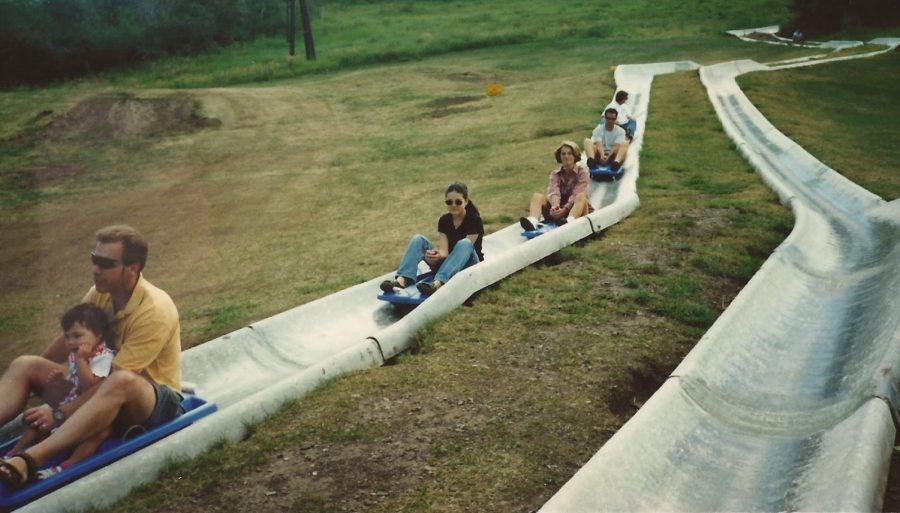
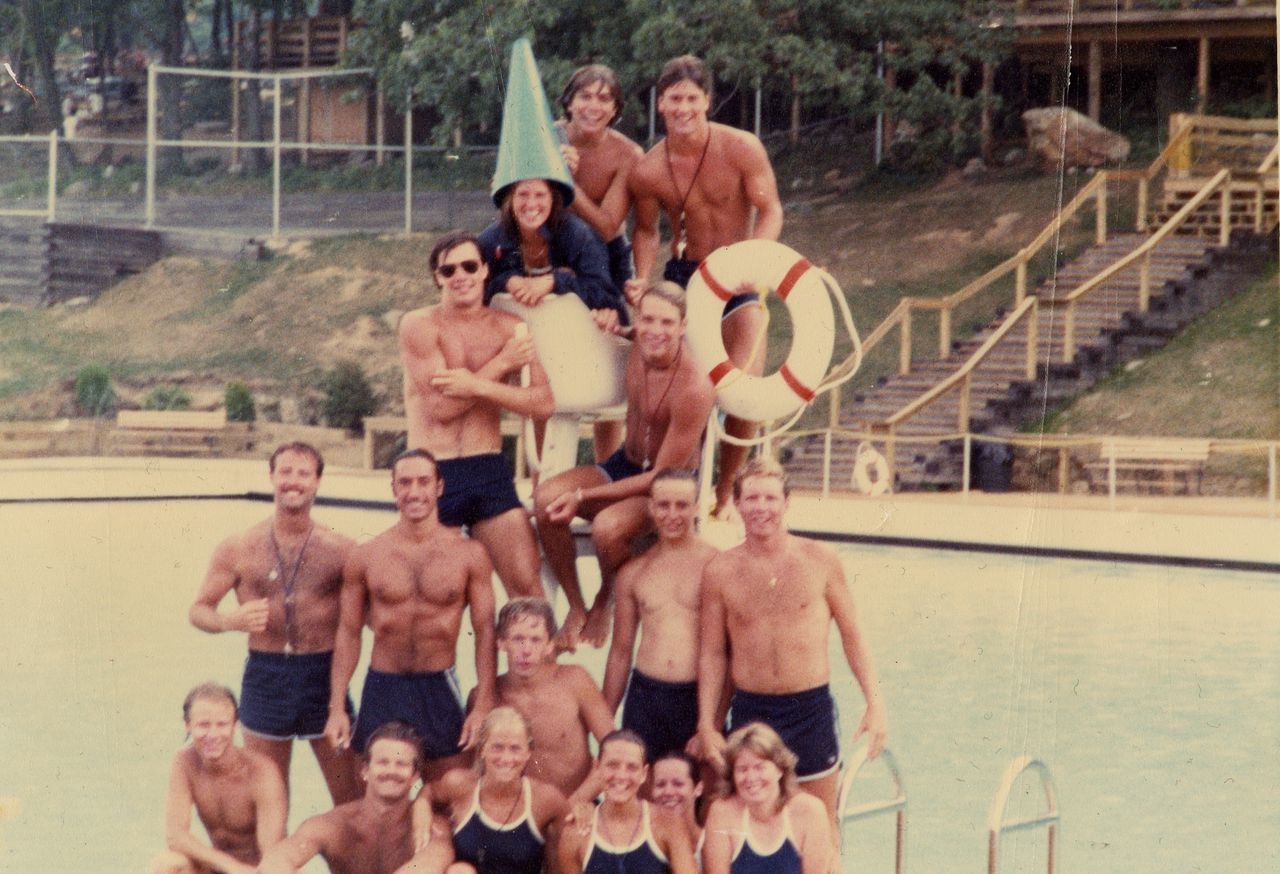
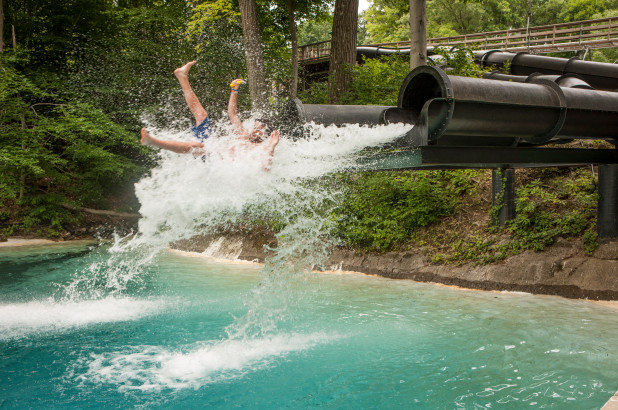


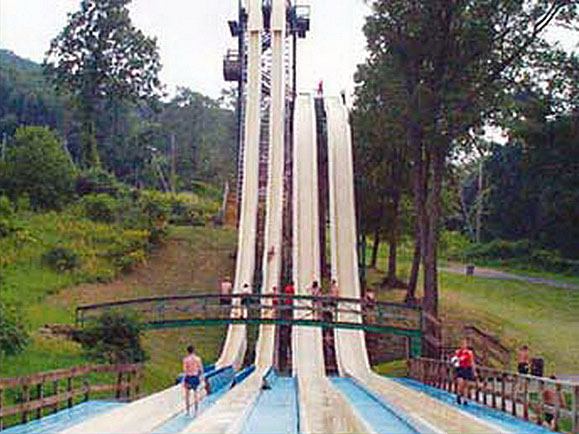
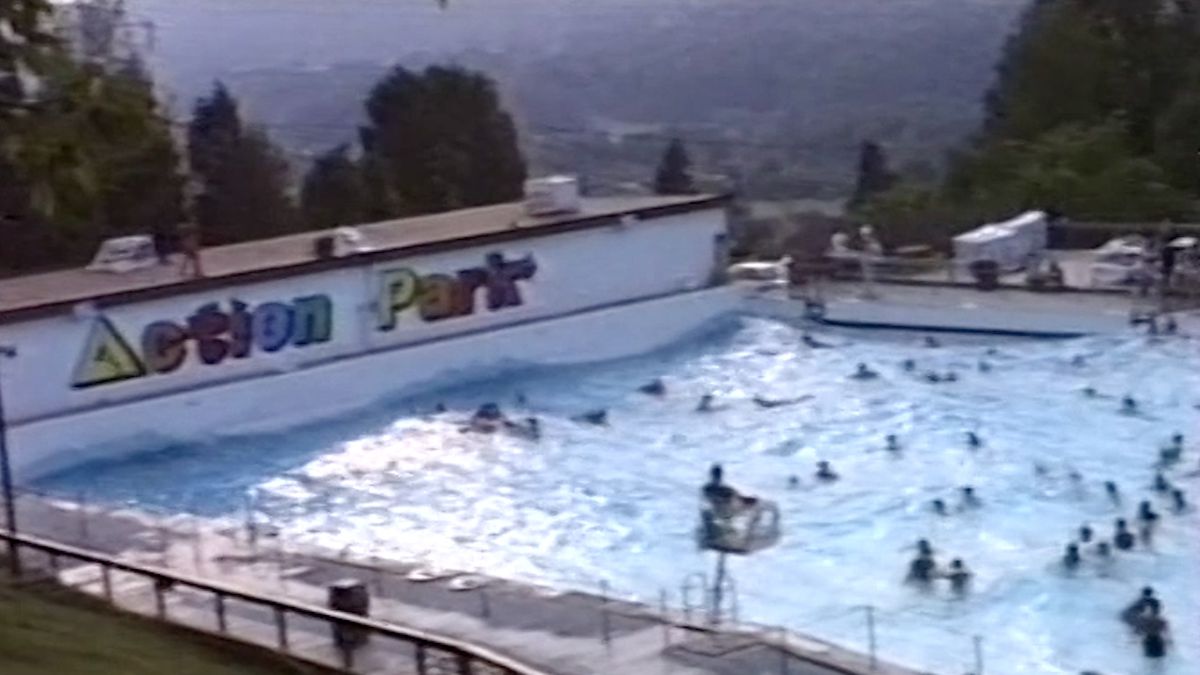
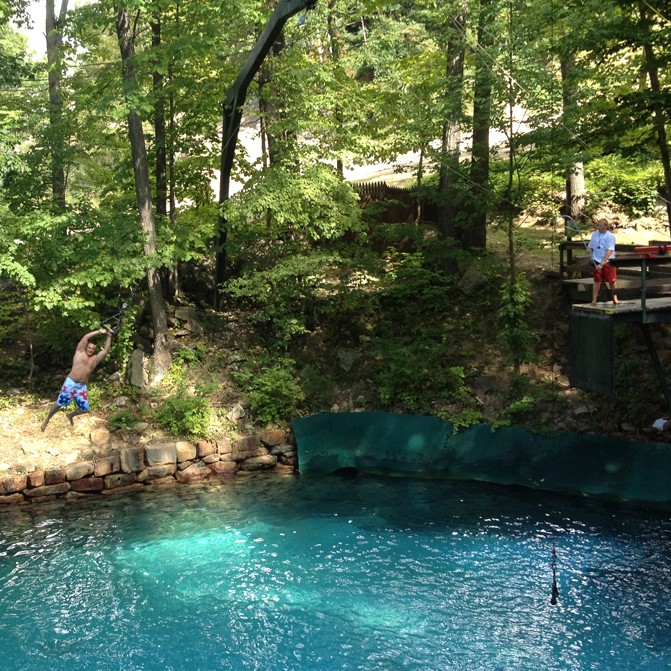
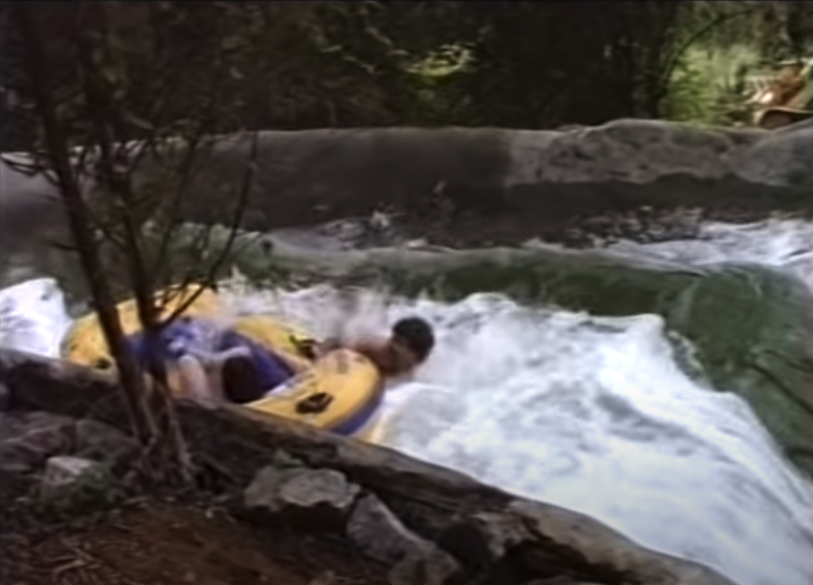

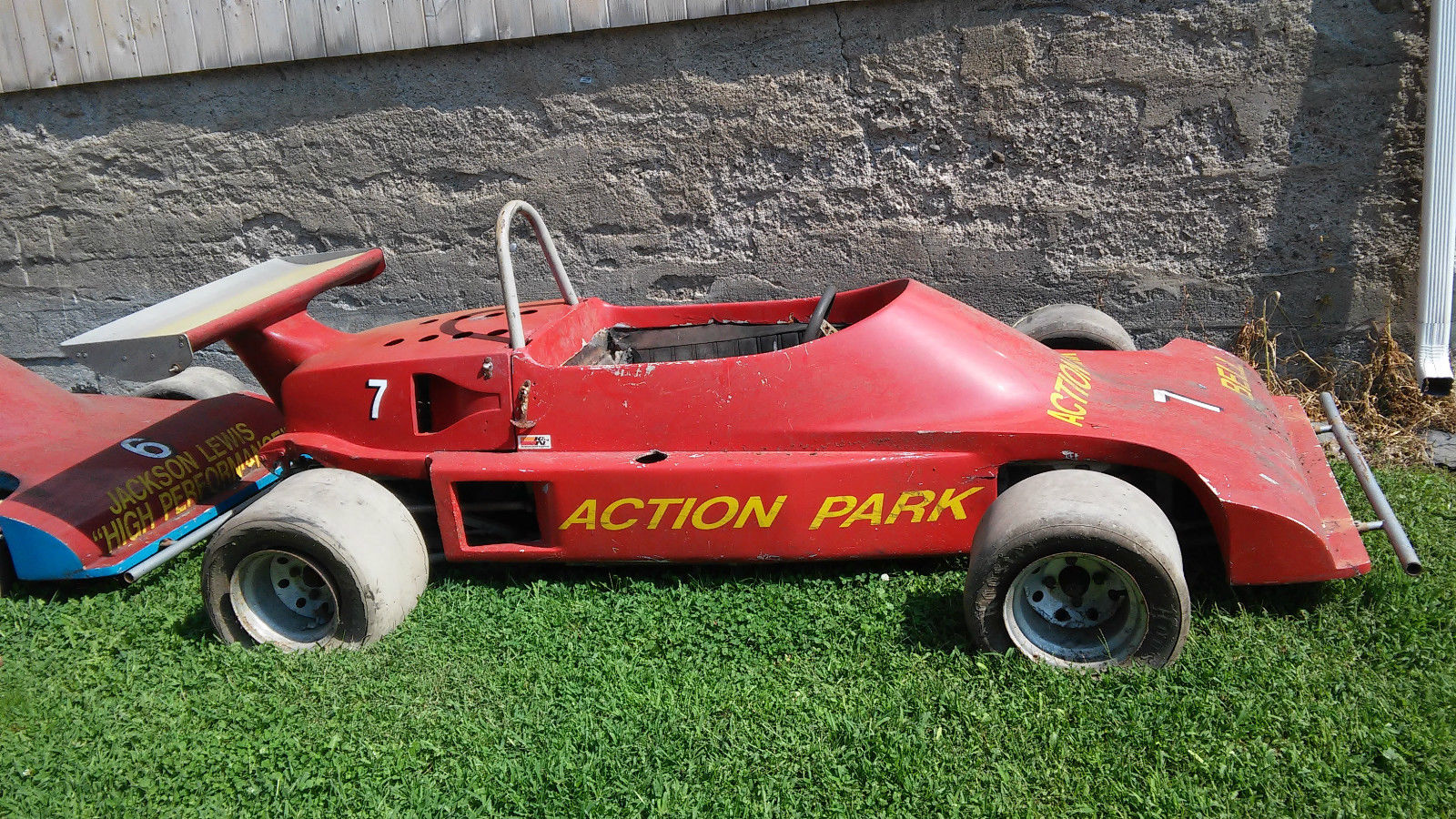 Lola Cars
Lola Cars
